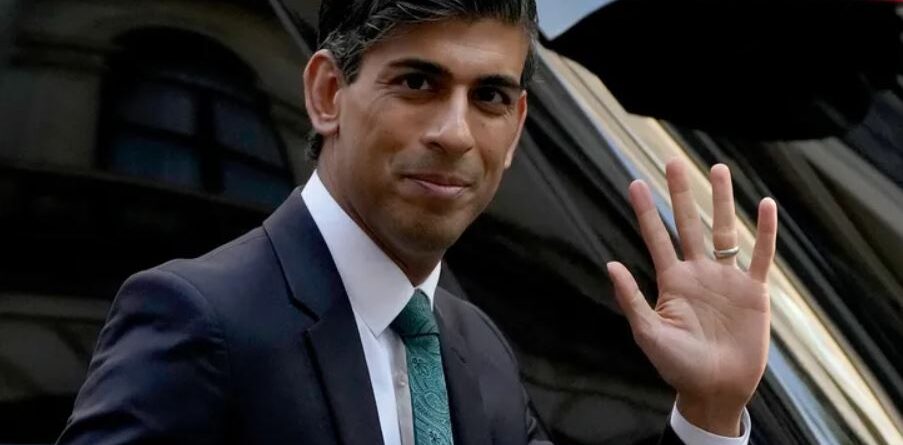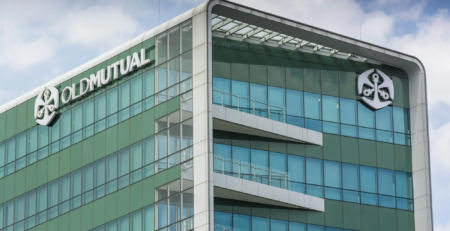Don’t Count on Sunak to Protect Your UK Pension
Liz Truss lasted only 44 days as UK prime minister. But her legacy in respect of your pension will almost certainly endure for decades. It is important to understand how this might affect you and how best to respond.
One of Truss’s last acts as PM was to reaffirm the government’s commitment to raise the state pension each year by the higher of earnings, inflation or 2.5%. The more fiscally hawkish new Prime Minister Rishi Sunak has been more circumspect regarding the so-called triple lock. He has merely indicated that he will “deliver on the promise of the 2019 manifesto,” part of which was a commitment to the triple lock. Few will need reminding, though, that as chancellor, it was Sunak himself who suspended the earnings element of the lock for 2022-2023.
Yet even if the triple lock survives, there are some stealthier ways in which the state pension might be impacted by post-Truss austerity.
Foremost amongst these is a planned increase in the state retirement age (SRA). Even as the former prime minister was promising to do “what it takes” to fix the economy’s issues, her ministers were reportedly preparing to raise the SRA to age 68 as soon as the mid-2030s. The SRA is currently 66 and is scheduled to rise to 67 between 2026 and 2028, and then to 68 between 2044 and 2046.
Increasing the SRA is currently the subject of a review, led by Lucy Neville-Rolfe of the House of Lords, which is due to report by May 2023. It appears likely that the committee will recommend accelerating the SRA increase to 68, and Sunak is unlikely to pass up the opportunity to help balance the books.
In practice, increasing the SRA will for many people increase the span of time between ending work and being able to claim their state pension. This means workers will need to plan to make additional investments throughout their working life to compensate. That’s no easy task against the backdrop of austerity and the cost-of-living crisis. The best way of doing this would be to make additional contributions to either your workplace or private pension, so you at least get the benefit of greater tax relief.
Truss has also left an indelible mark on final salary pensions that pay an inflation-linked income to retirees for life. As confidence waned in her government’s fiscal competence, gilt yields rose sharply. This triggered margin calls on the derivatives that many pension schemes use to hedge their liabilities. The Bank of England eventually had to intervene to break the death spiral in gilt prices, as rising yields forced sales, which drove yields still higher.
Pension experts appear remarkably sanguine about this near disaster. They argue that although the value of the assets funds hold to pay final salary pensions has fallen sharply, so too have the funding liabilities they face. These future liabilities are discounted by an interest rate linked to gilt yields, so higher yields translate into a lower funding liability. In the narrowest of senses, this is correct.
But their confidence is dangerously misplaced. The perfect storm of Truss and these leveraged hedge strategies effectively broke the gilt market before the BOE’s intervention. A hedge that materially contributes to the financial fragility of the system in which it operates (i.e. the UK capital markets) is nothing to be complacent about.
It also remains unclear what pension fund assets were actually sold in the fire sale and to what extent some schemes were forced to reduce their hedges to meet the collateral calls required to maintain them. While larger schemes have loudly proclaimed their resilience, smaller schemes are likely to have significant liquidity issues to address if they are to maintain their hedges.
Read More @whashigtonpost
692 views










